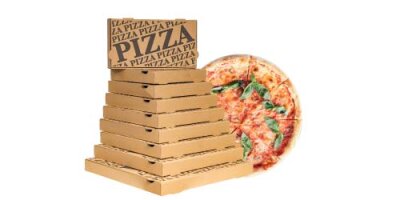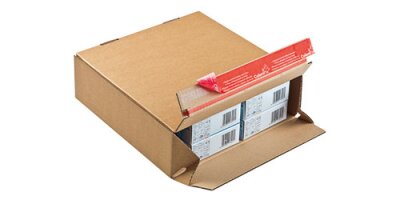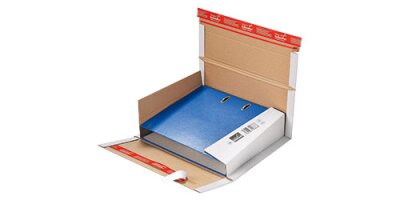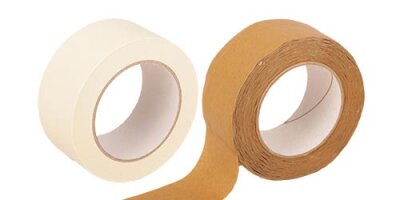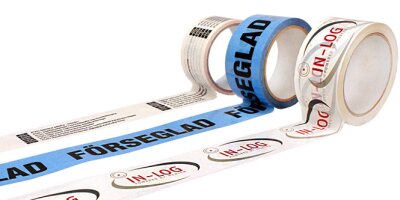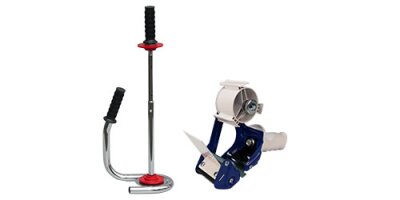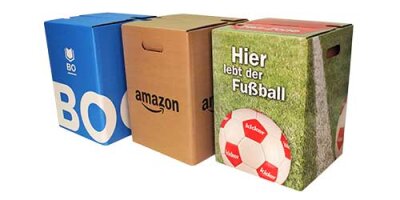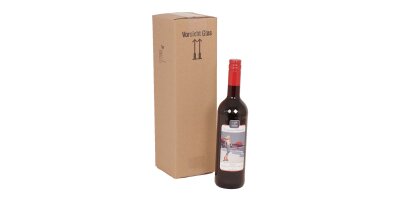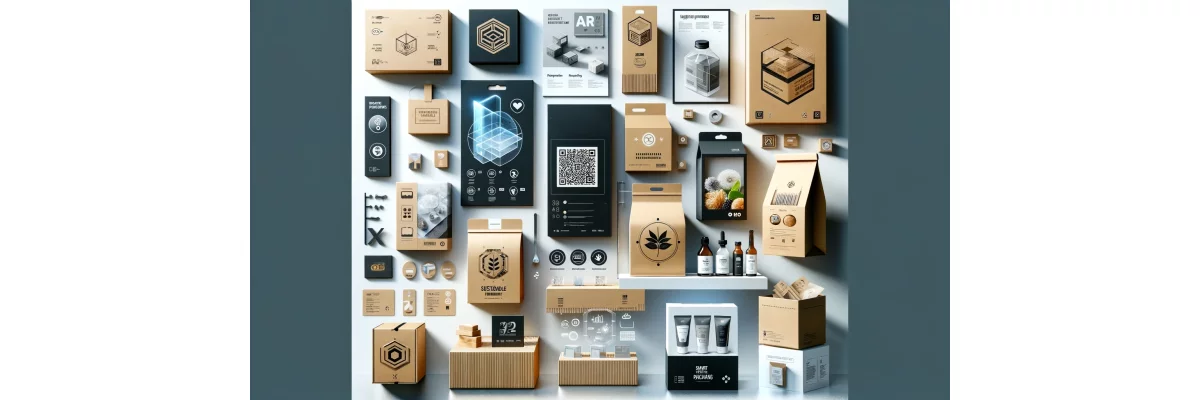Packaging Design Trends: A Guide for Businesses
Packaging design in online commerce is more than just a protection for products. It strengthens the marketing strategy, establishes brand identity, attracts customers, and optimizes the consumer experience. Packaging design trends are constantly evolving to meet changing consumer preferences and environmental demands. For companies interested in boxes and cartons for their products, it is important to understand and utilize these trends.Sustainability and Environmental Awareness
Consumers are increasingly valuing eco-friendly packaging and products. Therefore, companies use recyclable materials to reduce their ecological footprint. Boxes made from recycled paper or those that are easily recyclable are at the top of the list. In addition to recycling, biodegradable packaging plays a crucial role. These packaging design trends include the use of materials that naturally decompose without leaving harmful residues. This supports the brand's goal for the planet and maximizes appeal to eco-conscious customers.Minimalism and Clarity in Packaging Design
Due to the current information overload, consumers desire simplicity and clarity – even when shopping. This desire is reflected in packaging design trends, where minimalism and straightforward messages gain importance. For companies using boxes and cartons, this trend provides the opportunity to make their products stand out in the market and build a direct connection with their customers.Simple Color Schemes and Design
Reduction to the essentials is a core principle of minimalism. In terms of packaging design, this means using a simple color palette and a straightforward design. Such shipping packaging eschews unnecessary elements and instead relies on clear lines and shapes. This approach has the following advantages:
- Improved Product Perception: A simple color scheme ensures that attention is focused on the product and its features. This enhances the perception of the product and increases the likelihood of a purchase.
- Brand Identity: Minimalist packaging efficiently promotes the brand identity outwardly. It showcases values like quality, transparency, and modernity that appeal to consumers.
- Market Differentiation: In an environment often characterized by visual overstimulation, minimalist printed packaging can offer a calming alternative and differentiate products from the competition.
Clear Messages
Besides visual design, the clarity of communicated messages is important. Minimalism in packaging design and packaging accessories also means reducing information about the product and its benefits to the essentials and presenting it in an easily understandable manner. This has several positive effects:
- Quick Decision Making: Direct, clear messages enable customers to quickly understand what the product does and why it is beneficial for them. This ensures a fast purchasing decision.
- Building Trust: Trustworthy information about the product's origin, ingredients, and usage enhances consumer transparency in the brand.
- Sustainable Communication: Reduced information dissemination also reflects a sustainable approach of the company. It shows that the brand makes a conscious decision to save resources (like ink or paper) and reduce environmental impact.
Technology and Innovation in Packaging Design
Technology and innovation are at the forefront of packaging design to transform the way brands communicate with their customers. These approaches not only enhance functionality and safety but also create unique, unforgettable customer experiences. Below, we highlight how these trends redefine the customer experience.Augmented Reality (AR) in Packaging Designs
Augmented Reality (AR) revolutionizes the packaging industry by creating a connection between physical products and digital experiences. By incorporating AR into packaging designs, companies can offer interactive experiences that go beyond normal product presentation. Customers can use their phones to scan AR markers on the packaging, leading to a range of actions:
- Product Demonstrations: Customers can see how the product works in action, which is particularly helpful for complex or explanatory products.
- Interactive Instructions: Instead of printed instructions, customers can access interactive AR instructions that make assembly or use of a product easier.
- Brand Engagement: AR allows companies to tell stories in meaningful ways, such as through games, virtual tours, or immersing in the brand world.
Smart Packaging
Smart packaging incorporates the latest technological developments to enhance the functionality of traditional packaging. By integrating sensors, IoT (Internet of Things), and other technologies, smart packaging solutions can create multiple benefits:
- Freshness and Quality Indicators: For food and beverage shipping, packaging can be equipped with indicators that change color to show the freshness or temperature of the contents. This boosts customer confidence in product quality.
- Safety and Authenticity: Integrated NFC chips (Near Field Communication) or QR codes allow consumers to verify the authenticity of a product and protect themselves from counterfeiting. They can also provide information about the supply chain and product origin.
- Interaction and Customer Loyalty: By scanning QR codes or NFC tags, consumers can access personalized content, loyalty programs, or special promotions. This not only fosters customer loyalty but also provides the company with valuable data about customer preferences and behavior.


















